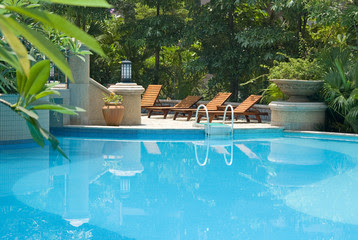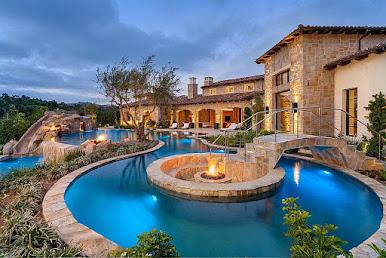Swimming Pool and Spa Safety: Ensuring Compliance and Regular Inspections
Swimming pools and spas are wonderful additions to any property, offering relaxation, recreation, and a touch of luxury. However, they also come with a significant responsibility: ensuring the safety of those who use them. In this article, we'll delve into the crucial aspects of swimming pool and spa safety, including compliance with safety regulations and the importance of regular pool inspections.
1. Safety Compliance: Protecting Lives
Compliance with safety regulations is not a choice; it's a necessity when it comes to swimming pools and spas. These regulations are put in place to protect the lives of those who enjoy these aquatic amenities. Here are some key pool safety compliances to keep in mind:
A. Fencing and Enclosures: One of the most critical safety measures is installing a secure fence or enclosure around the pool or spa area. The height, material, and gate mechanisms must all adhere to local building codes. This barrier helps prevent unsupervised access to the pool area, especially for children and pets.
B. Alarms and Safety Covers: Installing alarms on doors and gates leading to the pool area is another layer of safety. These alarms can alert you if someone enters the pool area without your knowledge. Safety covers for pools and spas provide an additional barrier, making it difficult for anyone to accidentally fall into the water.
C. Drain Covers: Proper drain covers are essential to prevent entrapment accidents. These covers should comply with safety standards to minimize the risk of a person or object getting stuck in the drain.
D. Regular Maintenance: Compliance is not a one-time effort. Regular maintenance of pool and spa equipment, such as pumps, filters, and chemical levels, is crucial. This helps ensure that the pool remains safe and operational.
2. Pool Inspections: A Lifesaving Practice
Regular pool inspections are like routine health check-ups for your swimming pool and spa. They help identify and address safety issues, ensuring that your aquatic oasis remains a source of enjoyment rather than danger.
A. Professional Inspection: Hiring a professional pool inspector is a smart move. These experts are well-versed in safety regulations and know what to look for during an inspection. They will check the condition of the pool's fencing, gates, alarms, drain covers, and water quality.
B. DIY Inspections: While professional inspections are essential, regular DIY inspections are also necessary. You can start by visually inspecting the pool area and equipment for any obvious signs of wear and tear. Test gate latches, alarms, and check the water quality using pool test kits.
C. Seasonal Considerations: Pools and spas are subject to seasonal changes. Winterizing your pool or spa and ensuring proper maintenance during off-seasons is just as important as summertime care. Cracked tiles, rusted equipment, and loose fencing should be addressed promptly.
3. Educating Pool Users
Ensuring safety doesn't stop with compliance and inspections. Educating everyone who uses the pool or spa is crucial. Teach children about water safety and the importance of never entering the pool area without supervision. Encourage adults to be vigilant, especially when alcohol is involved, as it impairs judgment and reaction times.
In conclusion, swimming pool and spa safety is a multifaceted endeavor that involves complying with safety regulations, conducting regular inspections, and educating pool users. Neglecting any of these aspects can result in tragic accidents. By taking these safety measures seriously, you can enjoy your pool or spa to the fullest while ensuring the well-being of everyone who uses them. Remember, safety should always come first when it comes to aquatic recreation.




Comments
Post a Comment